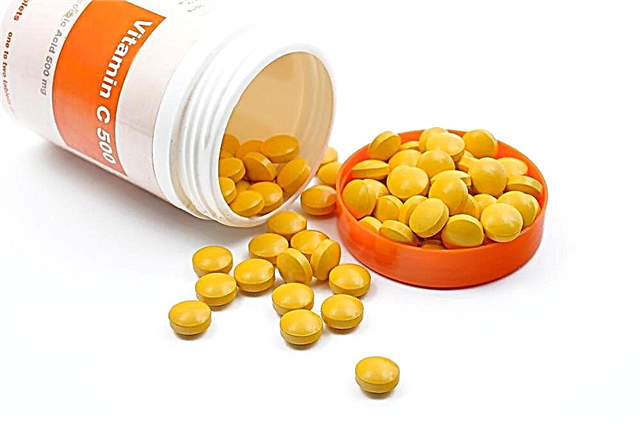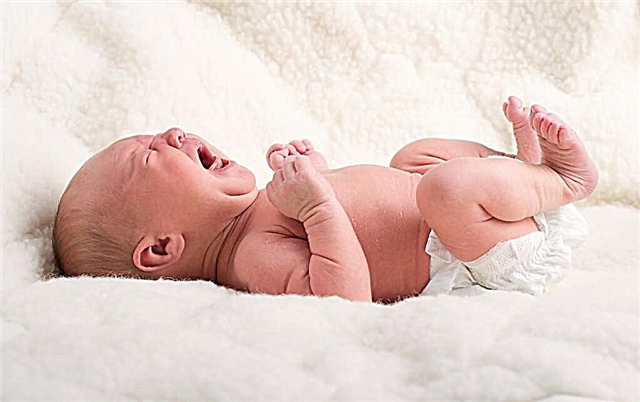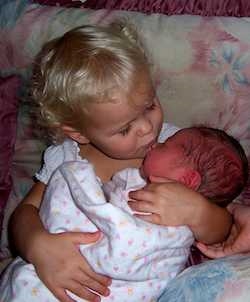Maxim played with enthusiasm as a designer, and my mother, tired for the day, lay down on the sofa in his room and dozed off. She woke up from strange sounds, similar to coughing and wheezing at the same time. Looking at my son, I immediately realized that trouble had happened. The kid began to gasp, his face was blue, he could not utter a word. The child choked, what to do? Grab a baby or call an ambulance? Call for help or act yourself?
What to do if a child choked, every mother should know. Since this happens, every minute will be important.
But first you need to firmly grasp what you shouldn't do.
Unnecessary and necessary actions
Threatened situations are often created by the child's parents. Teeth are being cut, and the infant tries to gnaw on everything that comes into view. Why should he gnaw toys, after all, you can take the crumbs with a healthy and tasty apple or carrot, or cucumber. Many mothers-fathers-grandmothers think so. They're close, what could happen? It happens, unfortunately, in seconds.
If at least the tip of a milk tooth appears in an infant, he will certainly chew off a piece from the apple.
He laughed, cried - and now the baby choked on food.
Older children can get into the hands of small parts from toys, but babies explore everything and taste. And even just chewing something, a child can laugh or cry, inhale with a full mouth and choke. Help is often needed when a child chokes on a candy.
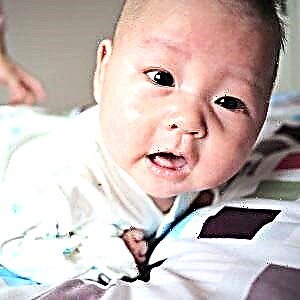 that is, you can not ignore the inscriptions on toys about age restrictions;
that is, you can not ignore the inscriptions on toys about age restrictions;- you can not give the baby objects from which you can gnaw something off;
- while eating, teach your child not to talk with his mouth full;
- cannot play or fall asleep with candy in your mouth.
And yet, no matter how hard we try, we must be prepared for any situation.
If the child chokes and suffocates, do not waste time and proceed to provide emergency care:
- if the baby chokes, but the cough is preserved, the skin is not blue (partial obstruction), we urgently call an ambulance;
- and if you see cyanosis of the skin, weakness, ineffective cough, wheezing, retraction of the intercostal spaces when inhaling (obstruction of the airways with impaired breathing), if the child can neither speak, nor cough, nor breathe (obstruction) - proceed immediately to provide assistance.
Ask for help from someone to call an ambulance. If there is no one, and the child turns blue, first provide the first stage of assistance and then only call the medical team.
First aid for a child under 1 year old
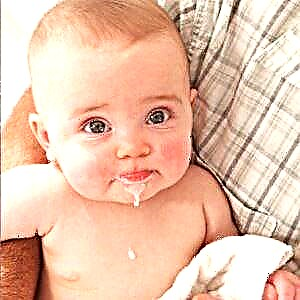 Place the choked child on your forearm, face down. The baby's head should be below the torso.
Place the choked child on your forearm, face down. The baby's head should be below the torso.- Between the shoulder blades, 5 blows on the back, make the base of the palm.
- Turn the baby over onto its back.
- Make 5 thrusts with two or three fingers in the middle of the chest. Thrusts should be one centimeter below the nipple line.
- Then lower your child's tongue with your thumb and, holding the lower jaw with the rest of your fingers, raise the upper jaw, thus opening his mouth.
- If a foreign body is in your mouth and you see it, remove it, but do not try to pull it out "blindly", you can only worsen the situation.
- If success is not achieved, we repeat all over again.
- When the object is removed, you can proceed to the next stage - artificial respiration. For newborns and babies up to 8 months, inhale simultaneously into the mouth and nose. You don't need to throw your head back, just raise the child's chin up.
- No result - start all over again.
First aid for a child from 1 to 8 years old
For a child over one year of age, assistance is provided a little differently.
- You hold it on your hip, belly down, head below your torso.
- Hit with the base of your hand (5 times) between the shoulder blades.
- Turn on your back and quickly (one press per second) press the sternum along the line between the nipples, also 5 times.
- After that, you examine the oropharynx, if you see a foreign body, try to remove it.
- And if successful, we begin to give the child artificial respiration. To do this, you make 5 mouth-to-mouth or mouth-to-nose breaths. At the same time, the child's head should not be thrown over excessively.
- Repeat the entire cycle from the beginning until the foreign body is removed.

First aid for a child over 8 years old
- It is necessary to stand behind the child.
- If you are much taller, kneel down, wrap your arms around your waist and, pressing on your stomach, make strong jerks, as if pushing the foreign body up. We repeat 5 times. This method is called the Heimlich trick.
- If the child is lying, then we use the "rider" position and make a sharp push with the palms folded crosswise in the upward direction from the solar plexus to the chest. We repeat 5 times.
- If a foreign body is found in the mouth, then remove it and start doing artificial respiration.
- If ineffective, we do 5 blows between the shoulder blades, then turn over and do 5 blows on the sternum, then artificial respiration.
- Continue alternating until medical attention arrives.
There are situations when during the period of teething and active salivation, lying on his back, the child “chokes on saliva”.
Here, the activities are almost identical to the actions when a foreign object hits:
- place the baby on your forearm with the belly down, while the head is lower than the body;
- strike with the base of your palm 5 blows between the shoulder blades;
- turn the child over on his back on the hand that was hit, and with two fingers do 5 pushes into the chest, one finger below the nipple line;
- if ineffective, artificial ventilation of the lungs.
If the child choked?
The child chokes in different situations: swam in the bathroom, in the summer in a small pool or in an open reservoir, fell into the water or drank and inhaled.
We also provide assistance immediately, as in the above cases.
- It is necessary to put the child face down on the thigh of your leg and press several times on his back. This is done in order to remove fluid from the oropharynx and airways.
- Check for foreign contents or vomit in the mouth.
- After that, assistance should be provided according to general principles:
- we ensure the patency of the airways: the child is on his back, the neck is unbent, the lower jaw is extended, the tip of the tongue is extended;
- we do artificial respiration and chest compressions.
Newborns and babies do not need to bend their neck excessively, this can make it difficult to pass through narrow airways, it is enough to pull the chin up.
With the correct technique of artificial respiration, the child's chest should rise evenly when inhaling, but if this does not happen or the abdomen is inflated, then air does not enter the lungs.
The ratio of the number of breaths and compression movements: 2 breaths and 15 presses on the sternum. For children under one year old, massage is done with two fingers, with a palm only after a year. The point of application is the sternum, along the line between the nipples;
- we do not stop providing assistance until the ambulance arrives.
After the child has recovered, do not refuse hospitalization, as long-term consequences are possible, which can manifest itself in the form of pulmonary edema within 72 hours after fluid enters the lungs.
You should always remember that when the child chokes or chokes, you will not have time to go online and read what to do. Every moment is precious. And it doesn't matter what the baby's age is. His life will depend on the speed of your reaction. And the only thing that can be done in advance is to get the necessary first aid skills so that the sudden suffocation in the child does not cause confusion and panic.
Article rating:

 that is, you can not ignore the inscriptions on toys about age restrictions;
that is, you can not ignore the inscriptions on toys about age restrictions; Place the choked child on your forearm, face down. The baby's head should be below the torso.
Place the choked child on your forearm, face down. The baby's head should be below the torso.